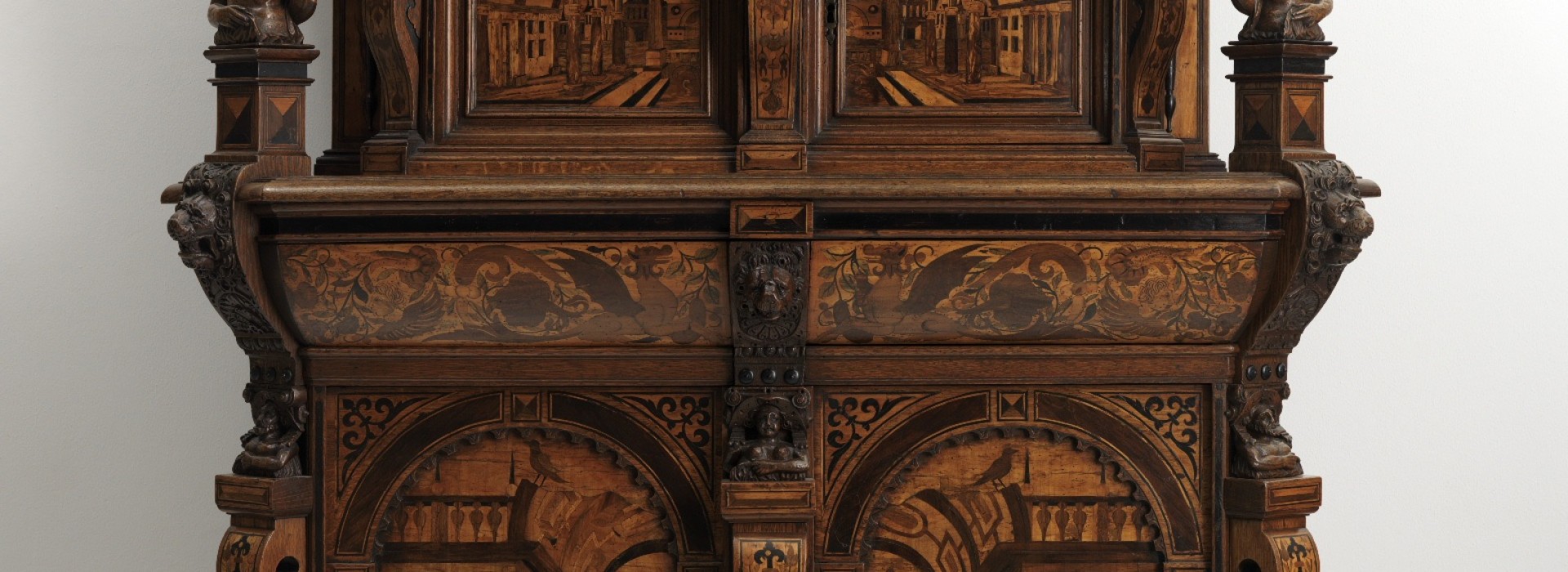Woodcarving
Figures and ornaments are carved into wood with sharp chisels and knives; the softer the wood the easier it is. Wood carvings can be decorations in relief as well as fully three-dimensional objects.

Donors, friends and guests with a privilege pass may book a single or multiple time slots here
Donors, friends and guests with a privilege pass may book a single or multiple time slots here
Would you also like to experience more Boijmans or give a friendship as a gift? Join as a Friend and get invited for the annual Museumpark Vriendendag. Will we see you or your friend in the depot soon?

Museum Boijmans Van Beuningen’s collection shows the numerous possibilities afforded by wood. It contains examples of objects made using a wide range of woodworking techniques.
Figures and ornaments are carved into wood with sharp chisels and knives; the softer the wood the easier it is. Wood carvings can be decorations in relief as well as fully three-dimensional objects.
A design is carved into a solid piece of wood. The design is then filled with a flat piece of another type of wood of a different colour. Wood can also be inlaid with other materials, such as ivory, bone, mother-of-pearl and metal.
A solid piece of wood is decorated with precisely aligned pieces of veneer - extremely thin wood - so that the entire surface is covered. The layers are laid on top of one another and sawn together to achieve the best possible fit.
A block of wood or a thick post is mounted horizontally in a lathe. Round shapes can be made with a sharp chisel by turning this piece of wood extremely quickly. In the past this was done by hand but nowadays lathes are electric-powered. The longer the chisel is pressed against the wood, the more wood is removed. This is how the turned feet for furniture are made.
Designer Richard Hutten and curator Annemartine van Kesteren take you to America at the time of the Second World War. There, Charles and Ray Eames produce splints as well as spectacular chairs out of molded plywood. From here you go back to 1849 Vienna, where industrial thinking begins and results in a worldwide interest in the light, dashing wooden Thonet chairs.